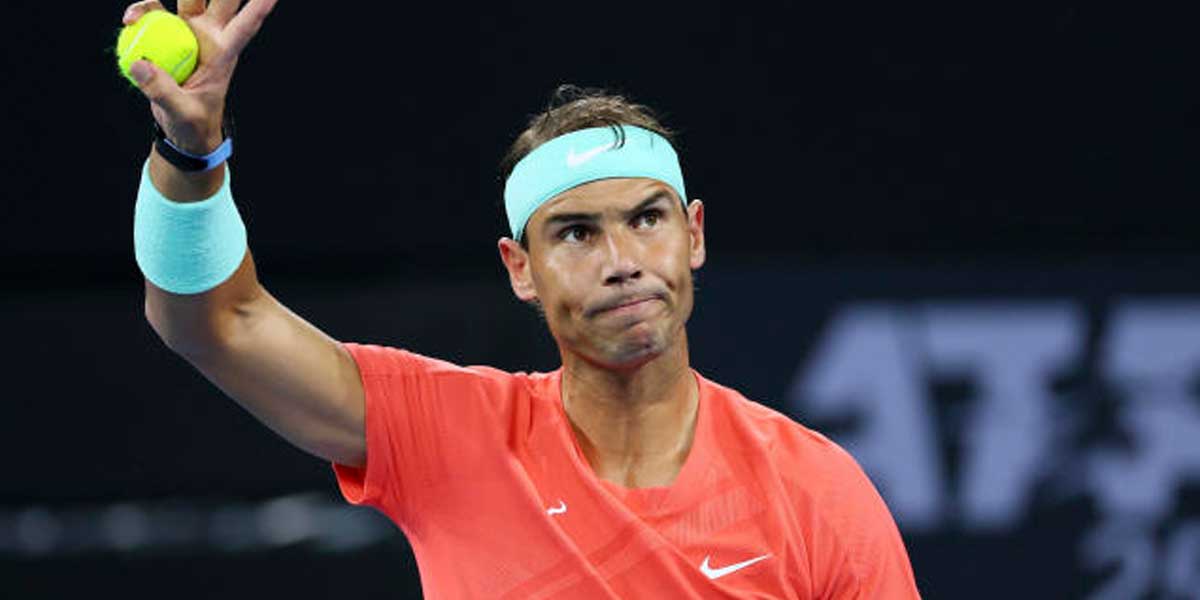By: Inday Espina-Varona
1st of two parts
PRESIDENT Rodrigo Duterte’s threat “to replicate the atrocious acts done by communist rebels to the civilians” of Negros sweeps aside rights guaranteed by the Constitution despite no clear findings of responsibility in the deaths of more than 20 civilians over the past two weeks.
“Grabe na ‘yung patayan doon. We have a village, or a barangay captain, a municipal mayor, four policemen, and a lawyer,” said presidential spokesman Salvador Panelo. “The President doesn’t want this to happen. He wants it stopped and the only way to do that is to use his emergency powers.”
Duterte plans to bring Negros Oriental, one of two provinces on the country’s fourth-largest island, under some form of emergency rule soon, Panelo added. The President on August 1 warned his actions would be “drastic.”
Armed Forces officials hint at martial law. Police Director-General Oscar Albayalde has sent 300 Special Action Forces to Negros, ostensibly to save its 4 million residents from the grip of violence.
There’s a glaring hole in the government’s rationale.
Aside from the ambush of four police officers on July 18, which the New People’s Army has acknowledged, there is no proof that rebels killed the civilians. They have formally denied the charge.
Human rights groups and kin of the murdered have pointed out that most victims were targets of red-tagging operations linked to the police and the military.
Twenty-six legislators on July 31 backed the militant Makabayan bloc’s call for a probe, emphasizing the need to review state accountability for the carnage.
The President also raised to P5 million the reward money “for the capture, dead or alive, of those who killed the police officers”, and P100,000 for their other associates.
This reprisal operation will choose targets outside of any legal process or mechanism. Who lives or dies is subject only to the President’s whimsical decisions, based on the voices he hears from his much referenced omniscient intelligence network.
PEACE
The government response ignores calls by San Carlos Bishop Gerardo Alminaza and leaders of other churches to revisit peace talks with the National Democratic Front (NDF).
Clergy and rights groups also recommend addressing the roots of unrest in the island still known as a “social volcano,” a term coined by the late Bacolod Bishop Antonio Fortich.
“Martial Law is neither the answer to the centuries-old agrarian problem nor to the decades of armed rebellion,” Alminaza said.
“Martial rule during the Marcos era did not lead to genuine peace; instead, it worsened the insurgency problem,” the bishop added.
Alminaza addressed his outrage and sorrow both at the government and leaders of Asia’s longest-running insurgency.
“Even now, the heavens cry for justice as innocent people get killed in crossfires and mere suspects are summarily killed. Even now, without any formal declaration of Martial Law, government commandos and armed partisans are sowing fear and disregarding due process and the rule of law. Even now, human and civil rights are being trampled upon, leaving more and more widows and orphans in our midst.”
“We remind both sides of the armed conflict that genuine peace can never be achieved through military adventurism and tit-for-tat conflict. We reiterate our call for integral peace, one that addresses the roots of social injustice.”
LONG BUILD-UP
Most reports cite the July 18 ambush as the trigger for the murder spree.
But the trajectory of violence sped up and sharpened in the second half of 2018. The build-up started earlier.
Duterte scuttled peace talks with the National Democratic Front, the leftist underground umbrella, in July 2018.
That was on the eve of what could have been a breakthrough ceasefire agreement that his peace negotiators had crafted with the NDF peace panel.
It was no-go with the President, who cited strong opposition from the Armed Forces.
Duterte said the ceasefire proposal would hobble the police and military from entering territories claimed by the rebels. The NDF, in turn, said it was suicidal to allow soldiers unhampered entry into their guerrilla zones.
In September 2018 Duterte announced a June 2019 deadline to crush the 50-year-old communist rebellion.
In November, he signed Memorandum 32. It orders state security forces to “suppress lawless violence” in the provinces of Negros and Samar islands, in central Philippines, and Bicol, on the southern tip of the main island of Luzon.
A month after, police killed six farmers in Guihulngan town, their operations mirroring Tokhang, the bloody campaign against drug suspects that has killed thousands of mostly poor Filipinos.
In March, a similar overnight operation killed 14 men in three towns.
Police said the 20 killed in the two clusters fought back against state forces. Their kin said they witnessed troops barging into their homes past midnight. Relatives were herded out begging, helpless as gunshots ended the lives of family breadwinners, including a church lay minister and leaders of farmers groups.
The PNP called the new strategy Oplan Sauron, after a necromancer and chief acolyte of a dark lord in J.R.R. Tolkien’s classic Lord of the Rings fantasy series.
By the end of March this year, rights groups had monitored 50 killings on the island, including the massacre of nine sugar workers in Sagay, Negros Occidental, the other province on the island. The death toll of civilian targets since then has risen to 87, according to the human rights alliance Defend Negros.
And yet Duterte’s deadline has not only passed; it has seen fierce resistance from rebel forces despite the arrest of former priest Frank Fernandez, long recognized as the island’s top communist leader.
The whys of that resurgence is what has Duterte all hot under the collar. (This article was first published in ABS-CBNNews.com)




















